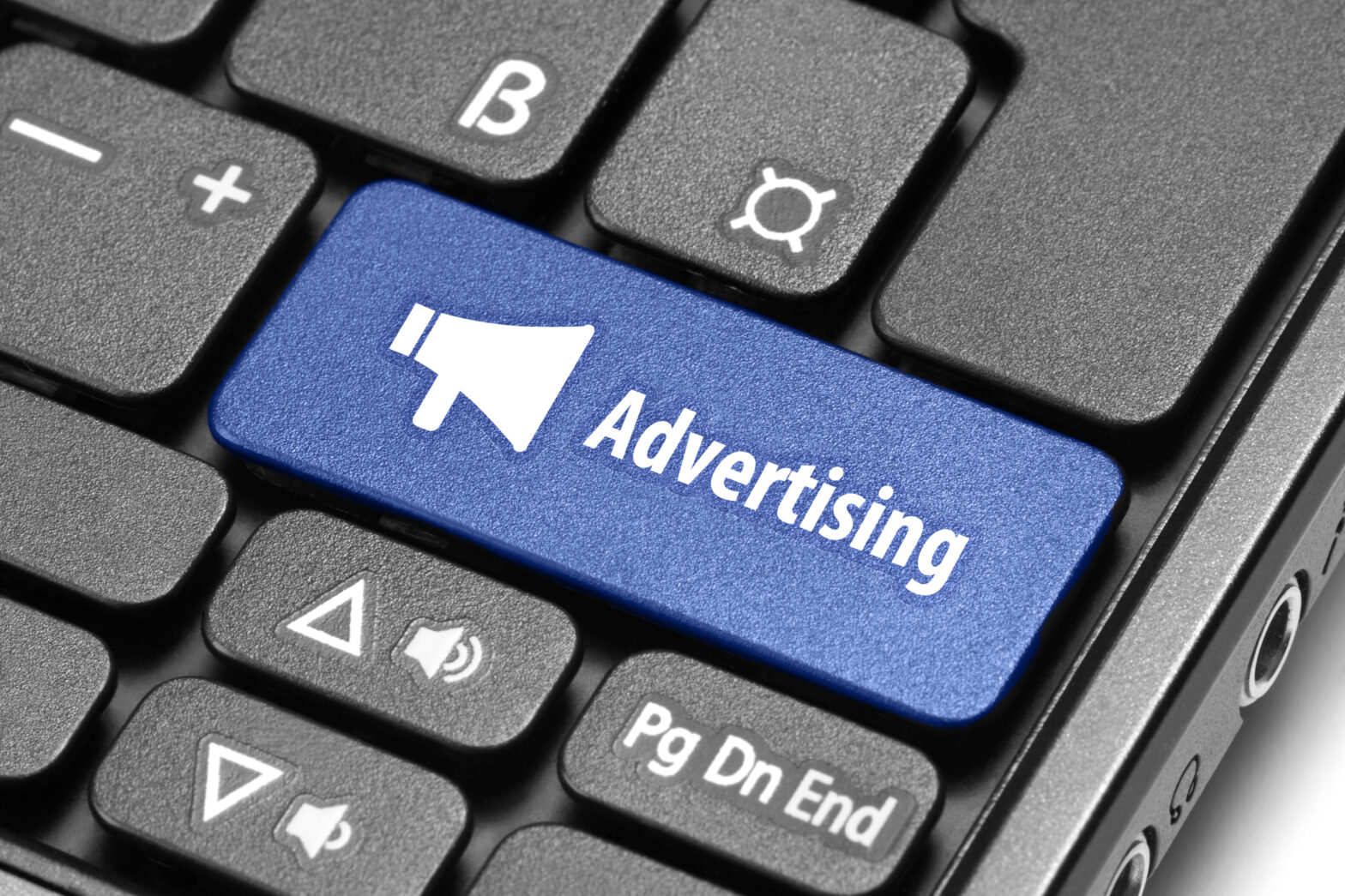Here are some top tips on advertising from Kathryn Lennon, managing director of Tangerine Trees Business Consultancy.
Big brand advertising tells you how great the company is, how old and established it is, or gives you a quick reminder of its product, which you already know very well and don’t have to think too hard about. Great if you’re Coca-Cola or BMW, not so good if you have limited cash.
Direct response advertising is designed to create an immediate response or action – a visit, a call or a click. It tells a complete story, with factual, specific reasons why your offering is superior to your competitors. It overcomes objections and answers all major questions, promising results and it backs those promises with warranties or guarantees.
Remember ‘AIDA’ (Attention, Interest, Desire, Action) – The attention part is the banner or headline that makes an impressive promise. Relate it closely to the way that the reader thinks about the issues concerned to grab their interest. Explain the benefits to the reader so that they will desire your products or services. Finally, you must prompt an action, which could be to call, click or visit. Be very clear what action you require.
Offer a single impressive benefit, quickly and simply – Research proves that the best adverts are those that offer an impressive, relevant benefit to the reader. This ‘promise’ should ideally contain the business brand name, take no longer than about four to eight seconds or about 11 to 15 words, and be clearly the most striking part of the advert. Don’t be tempted to devote half the space to a striking picture. You must keep it quick, simple and to the point.
Be clear and concise – Use clear layouts, fonts and language. Don’t distract the reader from the text with images or fancy fonts. Avoid complicated words and keep enough space around the text to attract attention. Use traditional serif fonts in ten, 11 or 12 point-size for the main text in magazines and newspapers; smaller or larger fonts are actually more difficult to read and therefore less likely to be read.
Involve the reader in your writing style – Refer to the audience as ‘you’ and use the second person (‘you’, ‘your’ and ‘yours’ etc) in the description of what your business does for the customer to get them visualising their own personal involvement. Describe the service as it affects them in a way that they will easily relate to.
Unique selling point (USP) – Why should people be interested if your proposition is no different to your competition? Emphasise what makes your service special and new – your USP. If you are claiming superiority over your competitors, make sure your code of practice doesn’t prevent you from doing so.
Be credible and believable – The Advertising Standards Authority will prevent you from making overly extravagant claims, so you should make your offer credible and be able to back them up in any case. Explaining ‘why’ and ‘how’ you are able to do the things you are offering overcomes huge psychological barriers in the prospective buyer’s mind.
Use lower-case type – Word shapes are lost when capitals are used. People read by recognising word shapes not individual letters, so don’t use capital letters for text or headlines, as it takes longer to read and reduces the impact.
Headlines – These should be three-quarters up the page or advert space. Position your headline statement where it can be seen quickest. Do not put headlines at the very top of the space as the eye is naturally drawn to between two-thirds and three-quarters up the page or space.
Kathryn Lennon is managing director of Tangerine Trees Business Consultancy.





